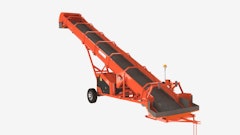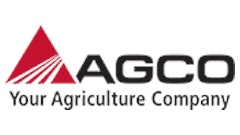Global demand for farm tractors is forecast to climb 5.5% annually to $59.1 billion in 2022. The use of tractors in most industrializing nations will advance at a strong pace because they represent the most basic type of agricultural machinery and are typically the first machines purchased when an agricultural sector mechanizes, due to their ability to perform multiple functions like lifting and transporting materials. Farm tractors are suitable for a wide range of applications and are compatible with numerous attachments. The vast range of tractor sizes available enables farmers to purchase the model that best fits their agricultural needs and budget. Developing nations also tend to specialize in the manufacture of tractors, which guarantees the widespread availability of affordable models. These and other trends are presented in Global Agricultural Equipment, a new study from The Freedonia Group, a Cleveland-based industry research firm.  The Freedonia Group
The Freedonia Group
Advances in tractor demand in most developed nations will be driven by the continued preference for more sophisticated, larger, and more powerful models. Many of these higher-end tractors incorporate new technologies and amenities that contribute to their higher price. On the other hand, demand for smaller specialized tractors used for specific applications is also rising, which will have a restraining effect on value gains. Smaller tractors, for instance, fit into the tight spaces and narrow rows of orchards and vineyards and are able to operate on steeper inclines because of their lower center of gravity.
Global demand for all types of agricultural equipment is forecast to advance 5.2% per annum through 2022 to $165.8 billion, rebounding from the declines of the 2012-2017 period. Multiple trends will drive market gains, including:
- rising agricultural commodity prices
- growth in the amount of global farming activity and an increase in the amount of land harvested worldwide
- expansion of the global processed food and beverage industries
- rising mechanization rates in the agricultural sectors of developing nations, supported by increasing foreign investment
- development of more sophisticated farm machinery
- additional government support for farmers in numerous countries
















![Cross Control Ag Terminals[1]](https://img.oemoffhighway.com/files/base/acbm/ooh/image/2023/11/CrossControl___Ag_Terminals_1_.6557daeb42a70.png?auto=format%2Ccompress&fit=crop&h=135&q=70&w=240)









